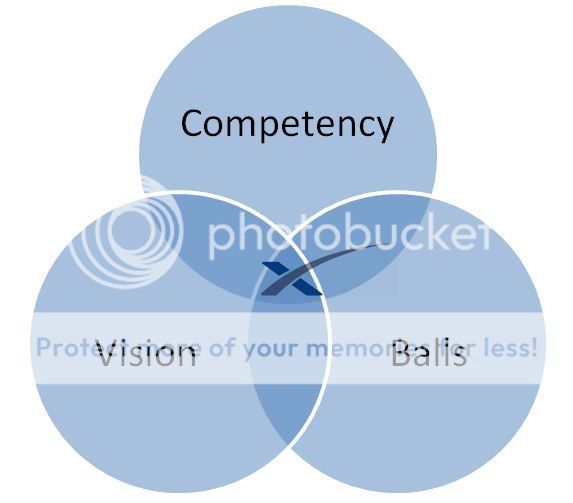The Caltech/JPL academy graduates some of the better aero folks in the world. Also odd that someone who supposedly knows what they're talking about is so impressed by a glorified uhaul with a lot of press releases. Are you some kind of truck driver?As I said before JPL doesn't build rockets, they build robotic spacecraft. They don't build rocket engines. Just because somebody works at JPL doesn't mean they know launch vehicles or even rocket engines. Even the fact that you are trying to make such blanket statement to try to justify your opinion tells me you really don't know what you are talking about. So basically your argument is "I know people that say it is true so it is true" What type of weak ass argument is that? Is that that they teach kids these days in school is evidence?
Let me help you, present evidence linking the Merlin Engine to the last LOX/RP1 engine that was developed and put into service in the US the H1 rocket engine.
Musk cheerleaders don't appear to know much about him: http://www.latimes.com/business/la-fi-hy-musk-subsidies-20150531-story.htmlLet me know when you actually have some figures instead of blanket statements.
Let me refresh your history. SpaceX and Boeing are both trying to develop a Capsule that can hold up to 7 astronauts. It took contractors working for NASA about 7 years from initial contract to first manned flight for the Apollo CSM and they killed 3 astronauts in the process. It also cost about $940 million back in the 60's and that was just the Command Module, not the service module part. Which works out to about $6.9B in today's dollars. NASA has a planned allocation of about $6.8B in todays under fixed price contracts for development of both the CST-100, DragonV2, Human Rating certification for both
Not sure why you're bragging about conflating an actual achievement 60 years ago and someone using government money (and to be fair some of his own) to cosplay tony stark.






